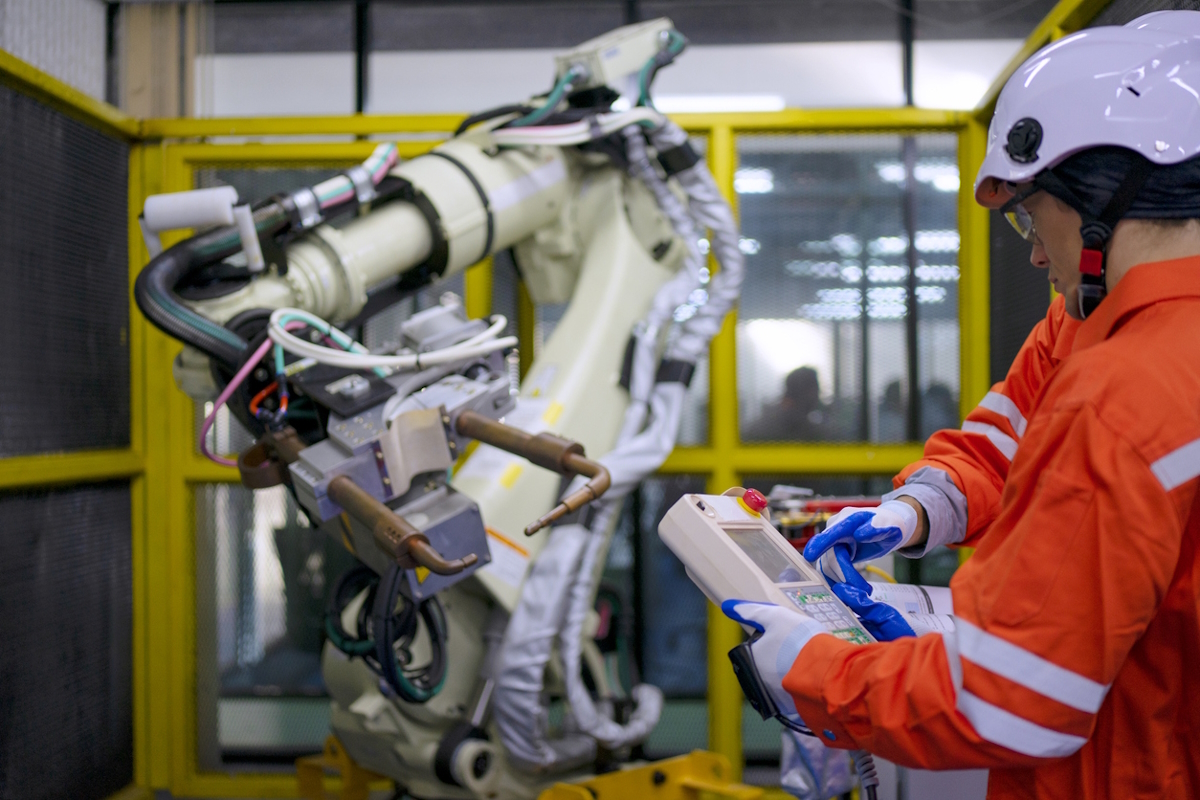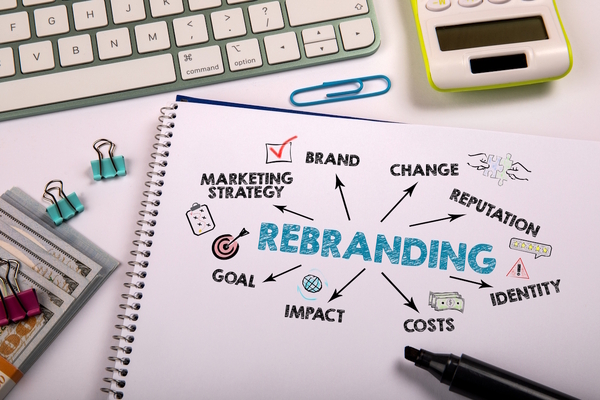Overcoming supply chain obstacles

Polly Mitchell-Guthrie at Kinaxis explains how the obstacles to supply chain efficiency can be over come through the combined power of people and AI
Interest rates, inflation, infection, invasion and inventory are five factors starting with the letter “I” that have created a confluence of crises that continue to wreak havoc on supply chain planners and analysts alike, not to mention the average consumer.
Where their disruption once caused widespread shortages in the supply chain sector, now we are seeing excess inventory in many segments. Recent research by J.P. Morgan shows that while chip shortages are easing slowly in automotive industry, in other sectors excess chips are on a path to obsolescence, just one example of a glut of inventory as consumer demand has declined and economic conditions tighten.
As supply chains face these five forces they are looking for help in new places. One source has been a focus on adopting automation, AI and analytics with the help of supply chain management software to make faster, more confident decisions in this more unpredictable world. Ironically, the wisest course for AI and analytics adoption is to simultaneously appreciate the role that people can play in facing down these five factors.
An AI-plus-people approach
Let’s start with the recognition that AI should augment humans, not replace them. AI can far exceed the cognitive capacity of humans, having the ability to establish patterns and learn from huge volumes of data.
The path to the best plan depends on making the right judgments about literally millions of variables – I’ve encountered models with as many as 30 million variables and 10 million constraints. No human can process this kind of information, so to identify the best decisions at the speed and scale required, it seems obvious that AI is far better suited to this task.
But what is perhaps not as obvious is what AI models lack, or what I call the three C’s: they cannot derive meaning from context, meaningfully collaborate, or call out our conscience, all of which require humans.
Humans understand the context of a supply chain, turning numbers into stories to explain their meaning. Staff nurture relationships with suppliers, customers and partners, vital in a global supply chain where some of the most important variables are highly sensitive – such as labour or legal disputes or threats from politically-motivated changes in policy or regulation.
And this same sensitivity can apply to navigating ethical issues, both longstanding and emerging. A comprehensive level of connection between stakeholders helps to solve supply chain issues in times of disruption, a further illustration of the human element AI cannot replicate.
The breakthrough in supply chain management
At this point you might be thinking that AI is the magic bullet we’ve all been waiting for, and to that I would say – think bigger. I’d argue that the concept of concurrency, paired with AI, is the real breakthrough in supply chain management.
Concurrent planning is a unique technique that allows for everyone across the supply chain to immediately see and understand the impact of any change made in any area of the supply chain. That means data, processes and people are all working in sync and from the same up-to-date information, which allows for faster decisions with less risk.
AI in isolation isn’t enough, but when its impact can be integrated across the supply chain immediately we see a step-change in possibilities. For example, we want AI to make the best predictions possible but in a concurrent supply chain with the transparency and agility to absorb the disruptions we cannot predict.
Not everyone needs to be a data scientist
The best tools are the ones that are built to be easy to use and understand. It’s all well and good to talk about how supply chain planners can benefit from AI, and how organizations should be adopting concurrent planning, it’s another to ensure that the tech and techniques are accessible to the people that need them.
A planner’s understanding of company data and business should be all that is required – and those tools do exist! – democratizing AI in this way also helps ensure that the planner is spending their time on what’s most valuable, providing context and conscience, and meaningful collaboration. And for planners to benefit from AI, they also need it to be explainable, so they can trust the predictions it makes.
Enabling supply chains to reach their potential
When we think about those five factors beginning with the letter “I”, it’s easy to only consider the disruptions they can cause. Supply chains are fighting to achieve maximum efficiency and resilience amid significant threats of disruption, and intense global competition, and at the same time, despite those “I”’s we have breakthroughs in technology and technique.
When AI is effectively combined with human talent it will amplify the power of concurrency to transform any supply chain. By fusing all the best techniques available to us, we can build the most intelligent and efficient supply chains in the world.
Polly Mitchell-Guthrie is VP of Industry Outreach and Thought Leadership at Kinaxis
Main image courtesy of iStockPhoto.com

Business Reporter Team
Most Viewed
23-29 Hendon Lane, London, N3 1RT
23-29 Hendon Lane, London, N3 1RT
020 8349 4363
© 2024, Lyonsdown Limited. Business Reporter® is a registered trademark of Lyonsdown Ltd. VAT registration number: 830519543
Join the Business Reporter community today and get access to all our newsletters, and our full library of talk show episodes
Join the Business Reporter community today and get access to all our newsletters, and our full library of talk show episodes





